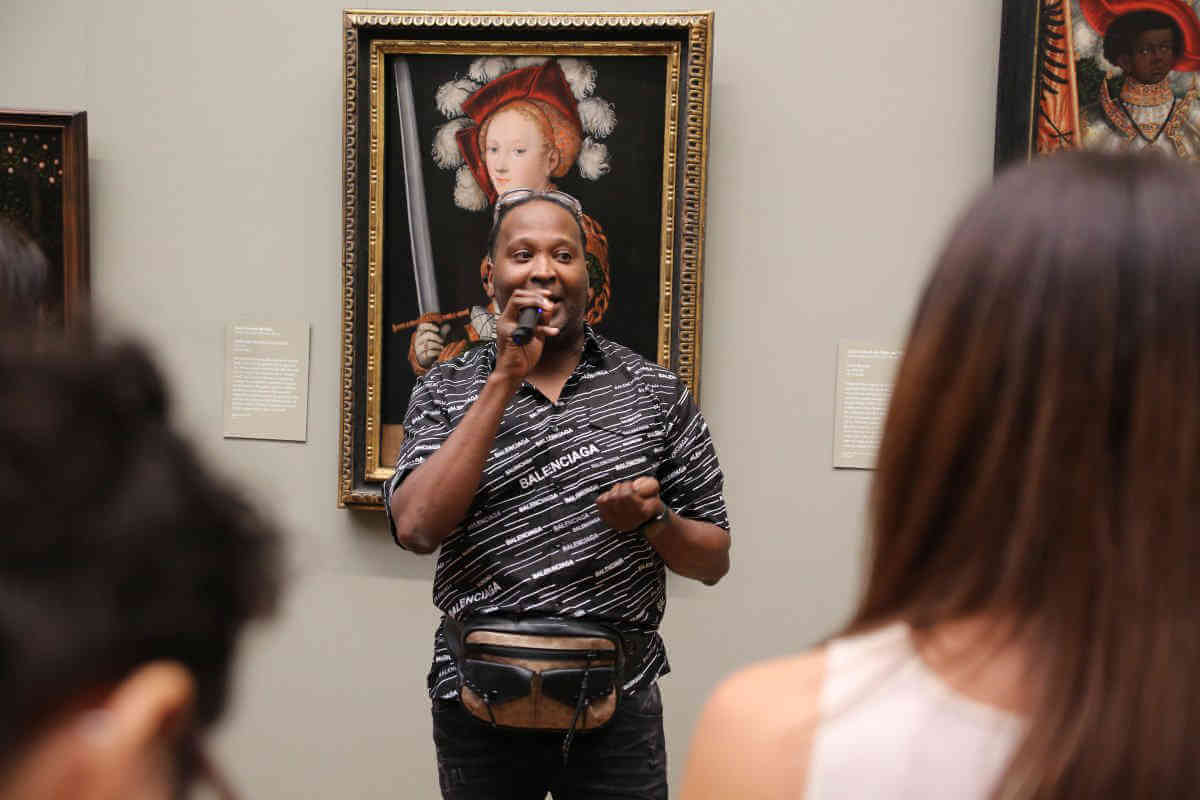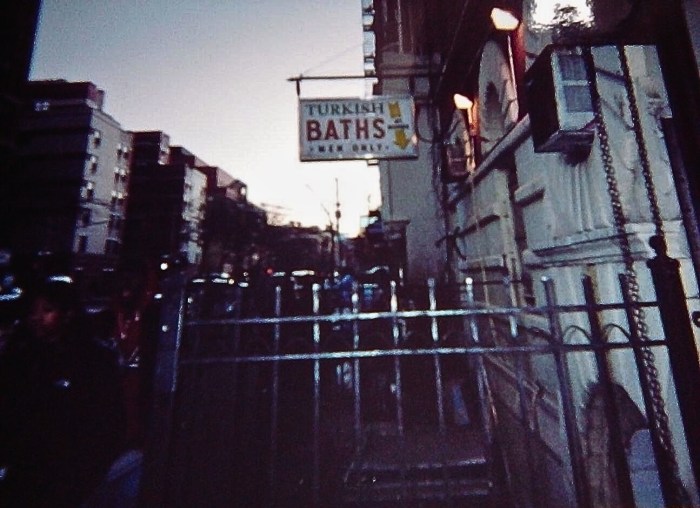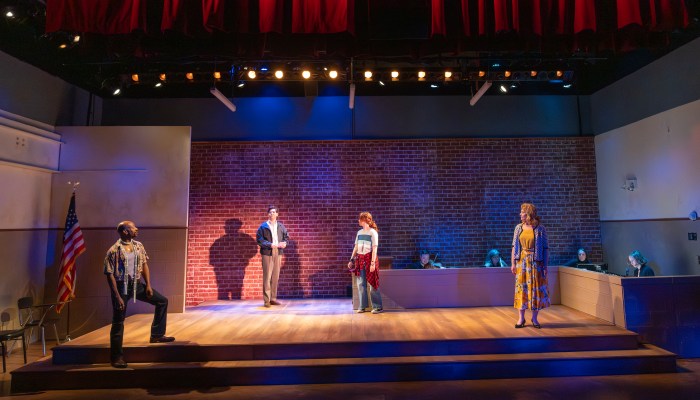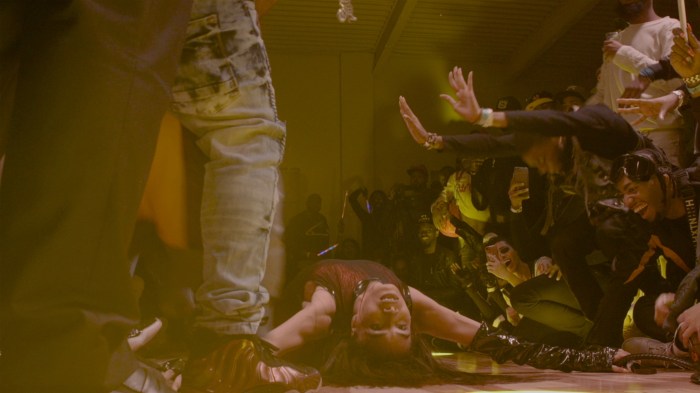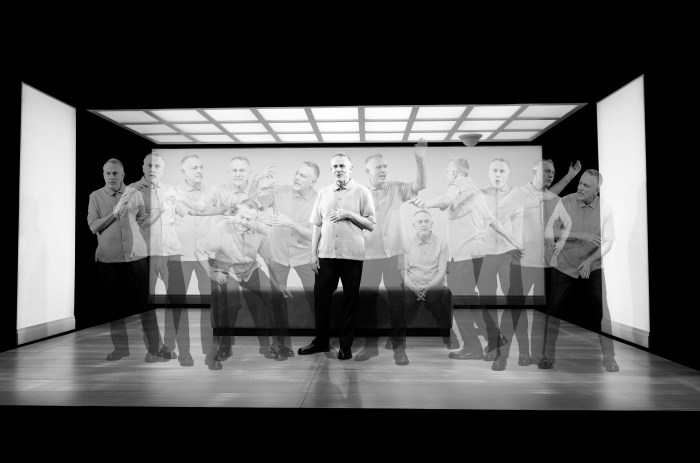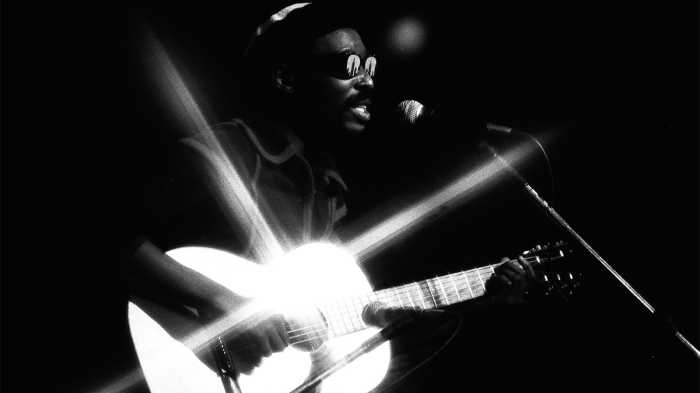It was a night of glamour, glitter, and gayness in a Beaux-Arts setting, at the Metropolitan Museum of Art’s annual Pride Friday, held June 21 as part of the institution’s regular MetFridays: New York’s Night Out programming.
Many of the events utilized the Fifth Avenue building’s architecture to dramatic effect. This included the open-participation singing group Choir! Choir! Choir! with Shamir, who performed in the Charles Engelhard Court, the crowd dancing and singing with the gilded Augustus Saint-Gaudens’ Diana statue behind them, to the performance by the band ETHEL and Friends with drag singer Alexis Michelle on the second floor’s Great Hall Balcony, a series of arches dramatically framing them. The Carroll and Milton Petrie European Sculpture Court, where old and new sections of the Met conjoin, is where drag queen Lady Quesa’Dilla taught museum-goers how to draw, using her sequined self as the model for their projects.

Some of the activities were hands-on, with participants working with the Met’s teenage interns to make rainbow and glitter sashes nearby on the Great Hall Balcony, wearing them through the evening like beauty queens as they perused the exhibits. In the shadows of the Pharaoh Amenemhat II’s statue in the museum’s grand entry hall, artist Vincent Chong brought a touch of the Far East to the evening, teaching how to personalize fans, write Chinese characters, and understand Chinese queer terminology. Chong said the evening “was a way to give back to my communities, as an LGBTQ person and as an Asian-American.”
Art of old was made relevant to today in a tour called “Mastering the Art of Self Presentation” by “Pose”’s Jack Mizrahi and Sinia Alaia, who discussed how to interpret old classics, including two by Lucas Cranach the Elder, “Judith With The Head of Holofernes” and “Saint Maurice.” They highlighted the unusual clothing, poses, and adornments of the people in both images and how unique they were as individuals for their time periods. Bringing this to her own life, Alaia told the group of about 40 museum-goers that being transgender and out has allowed her “to inspire so many people, just by being who I truly am.” Questions from their tour group centered not just on art, but also on learning more about future episodes of “Pose.”

The building’s Thomas J. Watson Library collection was also open for public viewing through the evening, with titles of LGBTQ interest displayed out on tables. According to PJ Raftery, senior library associate, a few thousand of the museum’s one million books are related to LGBTQ topics. The LGBT Community Center, ACT UP, and the Audre Lorde Project were represented at the activist booth inside of the arms and armor exhibit hall. Dr. Abigail Lofchie, at the booth for ACT UP, said she was happy the museum highlighted activists this year, as she felt that activist-focused groups were slighted in last year’s Pride March.”
The fact that they relegated activists to the back of the parade really shows their intentions,” Lofchie said of Heritage of Pride’s planning, commenting that her group did not step off until after 3 p.m.

The Met’s Pride Friday also coincided with the ongoing “Camp: Notes on Fashion” exhibit, an examination of the origins of the word camp and fashion fitting that description (see David Noh’s review in this issue). The exhibit examines historical usage of the word camp, partly through the lens of Susan Sontag’s writing on the subject in her 1964 essay “Notes on Camp,” while highlighting pieces from the Museum’s Costume Institute. With pieces from Andy Warhol, Jean Paul Gaultier, and other LGBTQ fashion icons, the unusual exhibit runs through September 8.


